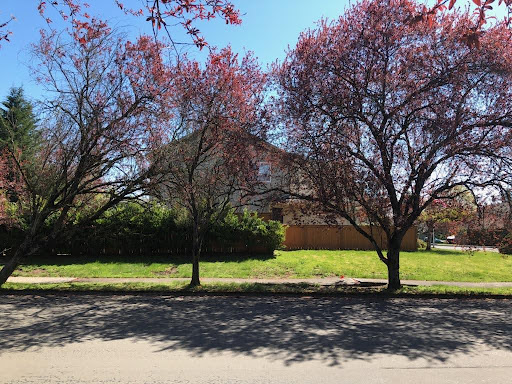Spring has arrived, and with it comes a breathtaking transformation in the Pacific Northwest. The once frosty landscapes are now bursting with life—flowers bloom, foliage flourishes, and the air is filled with the promise of rejuvenation. Amidst this natural spectacle, trees stand as silent guardians, providing shade, oxygen, and timeless beauty to our surroundings.
But as we bid farewell to winter, it’s essential to remember that the change in seasons brings both blessings and challenges for our beloved trees. In this blog post, we’ll delve into some vital tree care tips tailored specifically for the springtime in the Pacific Northwest.
First things first—take a stroll through your outdoor oasis and assess any damage inflicted by the winter months. Keep an eye out for broken branches, signs of frost damage, or ominous fungal infections. Pruning away these damaged parts not only encourages fresh growth but also prevents further deterioration.
Now, let’s talk inspections. Consider enlisting the expertise of a professional arborist to conduct a thorough examination of your trees. They’re equipped to spot potential issues such as pest invasions, diseases, or structural weaknesses that could jeopardize your trees’ health and stability. Remember, early detection is key to nipping problems in the bud.
“An ounce of prevention is worth a pound of cure,” they say, and in the realm of tree care, this adage holds immense significance. Alongside preventive measures like deep root fertilization, mulching, and proper watering practices, consider incorporating compost tea into your tree care routine. This organic solution enriches the soil with beneficial microbes and nutrients, providing an extra layer of protection and nourishment for your trees. Together, these acts of care fortify your trees against the whims of nature, ensuring they thrive in the face of adversity.
Ah, pruning—the gardener’s art form. From meticulously shaping Ornamentals to sculpting towering Evergreens, it’s a skill that transforms landscapes. Spring is the perfect time to prune, as trees emerge from their winter slumber into a frenzy of growth. Trim with precision, removing dead, diseased, or damaged branches while preserving the tree’s natural shape and structure. Good pruning not only enhances aesthetics but also promotes air circulation and sunlight penetration.
But beware—the Pacific Northwest is not without its share of pesky pests and diseases. Among them is the Bronze Birch Beetle, known for its destructive impact on birch trees. This beetle feeds on the inner bark of birch trees, causing extensive damage and weakening the tree’s structure. Aphids, scale insects, powdery mildew—they’re all lurking in the shadows, waiting to wreak havoc on unsuspecting trees. Combat these threats with integrated pest management strategies, from fostering beneficial insects to using organic pesticides sparingly.
Let’s not forget about the youngsters in our arboreal family. Spring is a critical time for young trees, as they establish their root systems and embark on a journey of growth. Shower them with love—consistent watering, protective mulching, and shields against wildlife damage will set them on the path to greatness.
And finally, let’s talk sustainability. Embrace eco-friendly tree care practices that tread lightly on our planet. Opt for organic fertilizers, practice composting, and embrace native plantings to create a biodiverse haven for our feathered and furry friends.
As spring unfolds its vibrant tapestry across the Pacific Northwest, let’s make a pact to prioritize the care and maintenance of our trees. By following these tips and embracing a proactive approach to tree care, we can nurture a thriving arboreal landscape that enriches our lives and sustains our planet. So, grab your gardening gloves, roll up your sleeves, and embark on a journey of springtime renewal with your cherished trees.



